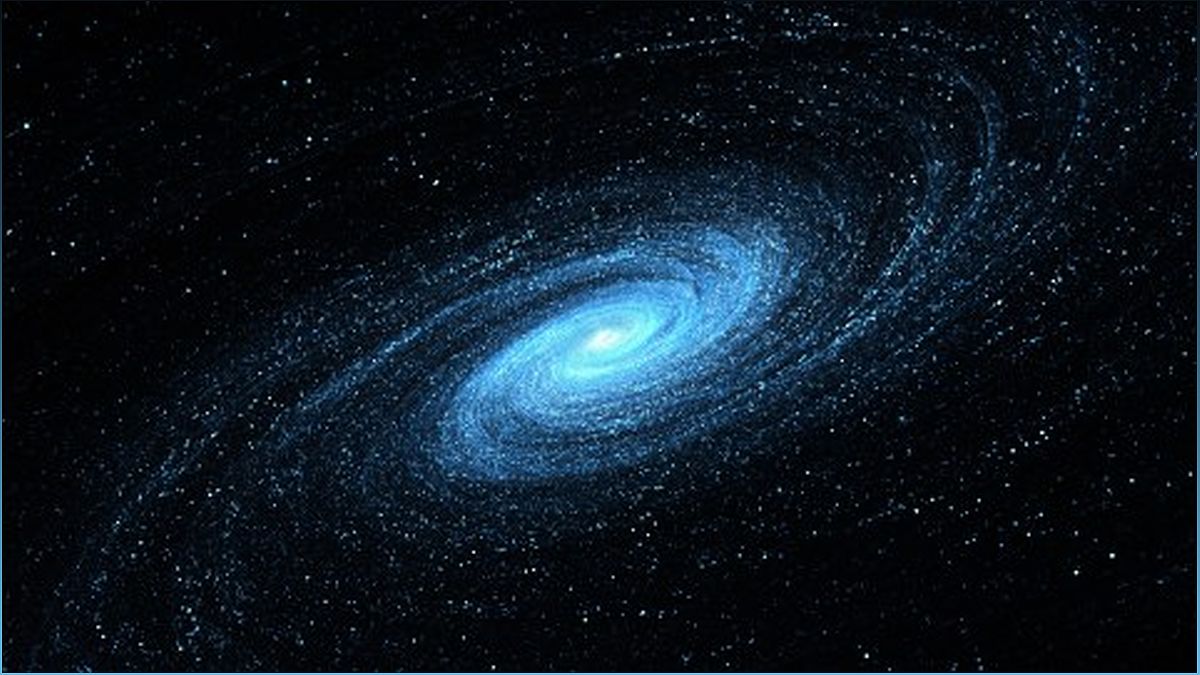Welcome to the fascinating world of astronomy, where mysteries abound and theories are constantly evolving. In this article, we delve into a recent study that has ignited a heated debate among scientists. Join me, John Smith, as we explore the evidence that challenges the prevailing theory of dark matter, a mysterious substance believed to dominate our universe.
The Dark Matter Debate
Unveiling the ongoing scientific discourse surrounding dark matter
Before we dive into the recent study, let's understand the essence of the dark matter debate. The prevailing theory suggests that dark matter, an elusive form of matter, makes up a significant portion of the universe. However, a group of researchers proposes an alternative explanation called Modified Newtonian Dynamics (MOND), which challenges our understanding of how objects move.
So, what exactly is at the heart of this debate? Astronomers have observed that when they measure the speed of stars in the outskirts of galaxies, they move faster than predicted by the accepted theory. This discrepancy led to the proposal of dark matter to account for the unexplained motion. On the other hand, MOND theory offers an alternative explanation that accurately predicts the rotation of galaxies.
Now, let's explore the recent study that sheds new light on this captivating debate.
Studying Wide Binary Stars
Using wide binary stars as a testing ground for dark matter and MOND theories
In order to gain insights into the validity of dark matter and MOND theories, researchers turned their attention to wide binary stars. These stellar pairs orbit each other at large distances, providing a unique opportunity to study their orbital behavior.
The study utilized data from the Gaia satellite, a space observatory that precisely measures the positions and movements of stars. By analyzing the behavior of wide binary stars, scientists aimed to determine which theory - dark matter or MOND - better describes their orbital dynamics.
Let's delve into the findings of this intriguing study.
Newtonian Dynamics Prevails
Revealing the evidence in favor of Newtonian dynamics over MOND theory
The analysis of wide binary stars strongly favors Newtonian dynamics as an accurate description of their orbital behavior. This result deals a blow to the MOND theory, indicating that the laws of motion taught in introductory physics classes hold true even in the realm of celestial objects.
However, it's important to note that this study does not definitively prove the existence of dark matter. Instead, it refutes the specific theory of MOND, leaving room for other alternative theories and modifications to our understanding of motion and gravity.
Let's explore the implications of these findings and their significance in advancing our understanding of the rotation of galaxies.
Advancements in Galactic Rotation
Unveiling the impact of the study on our understanding of galaxy rotation
The recent study on wide binary stars represents a significant advancement in our understanding of galaxy rotation. By demonstrating the accuracy of Newtonian dynamics in describing the orbital behavior of these stellar pairs, scientists gain further confidence in the applicability of these laws to larger cosmic structures.
Understanding the rotation of galaxies is crucial for comprehending their formation, evolution, and the distribution of matter within them. While the existence of dark matter remains a topic of ongoing research, this study contributes valuable insights that shape our understanding of the universe.
Let's reflect on the broader implications of this research and the potential avenues it opens up for future investigations.

